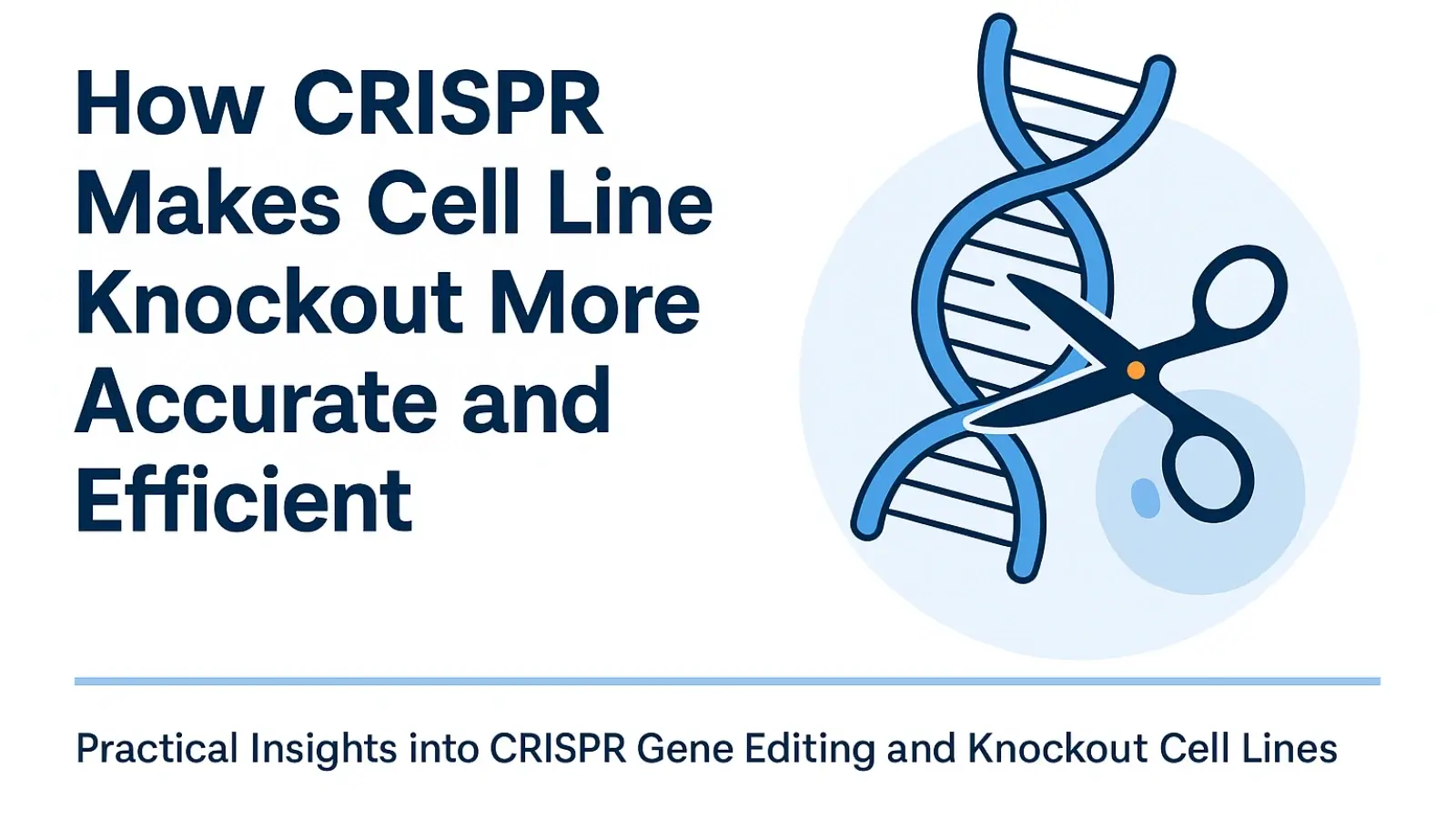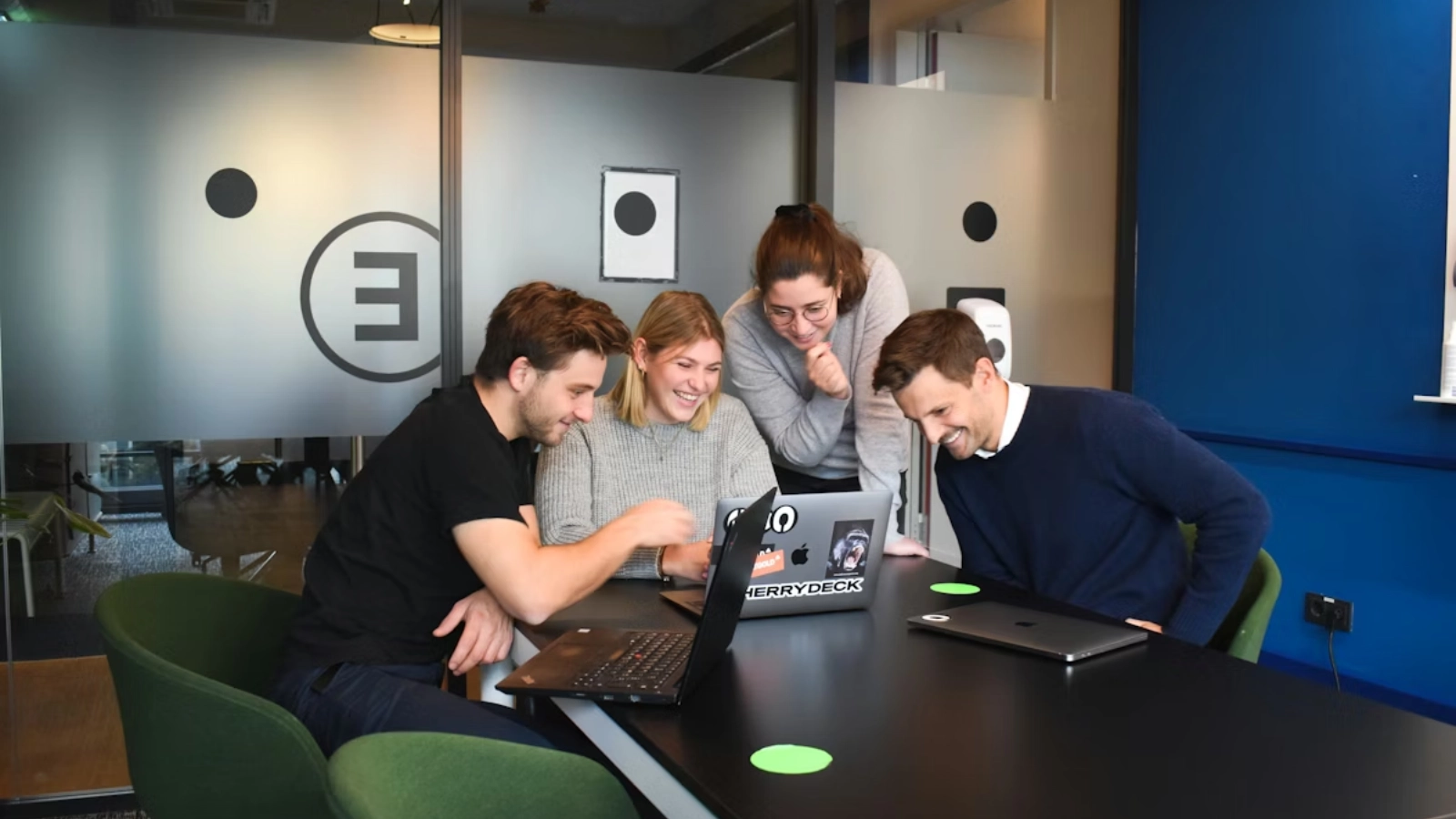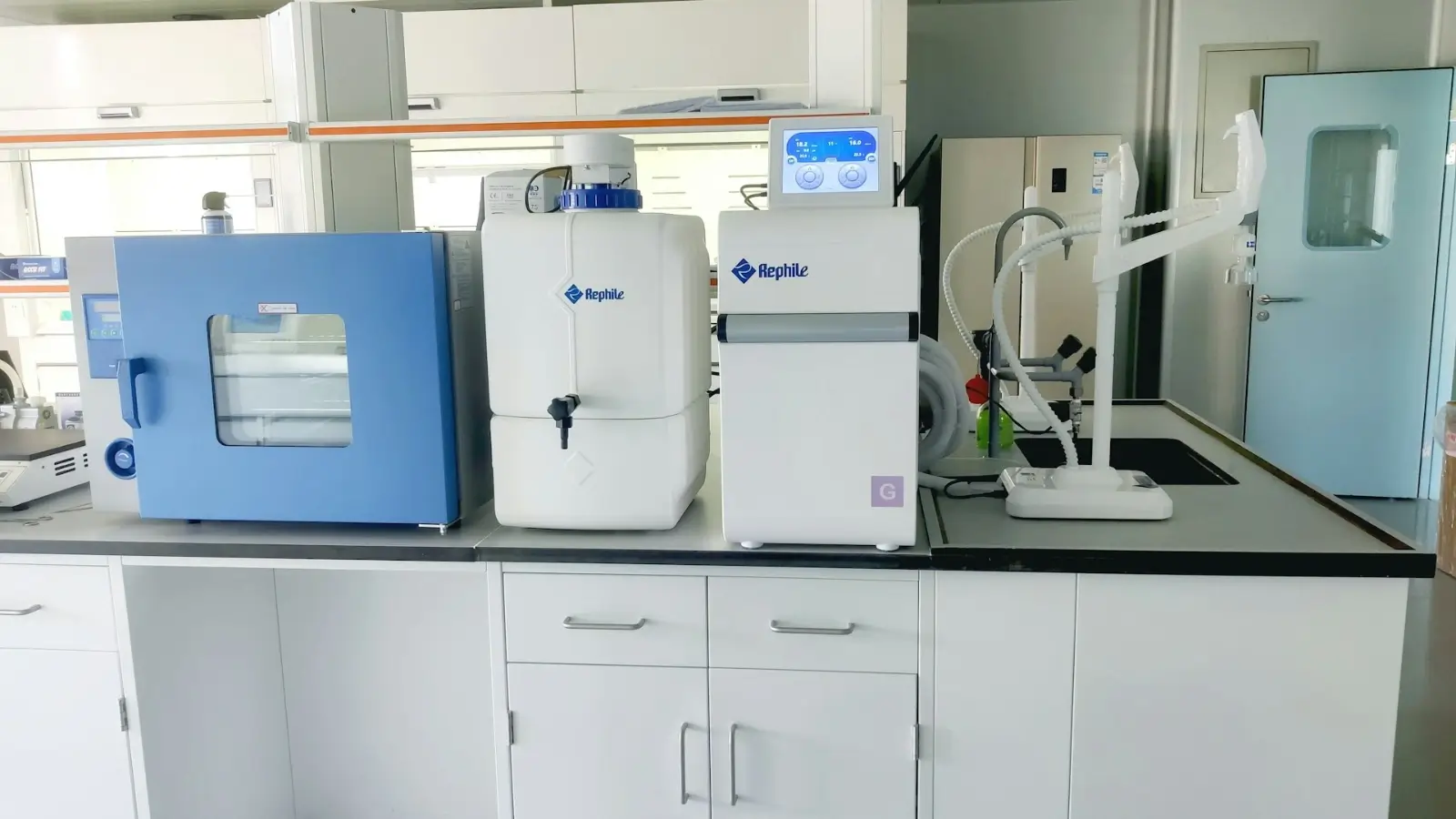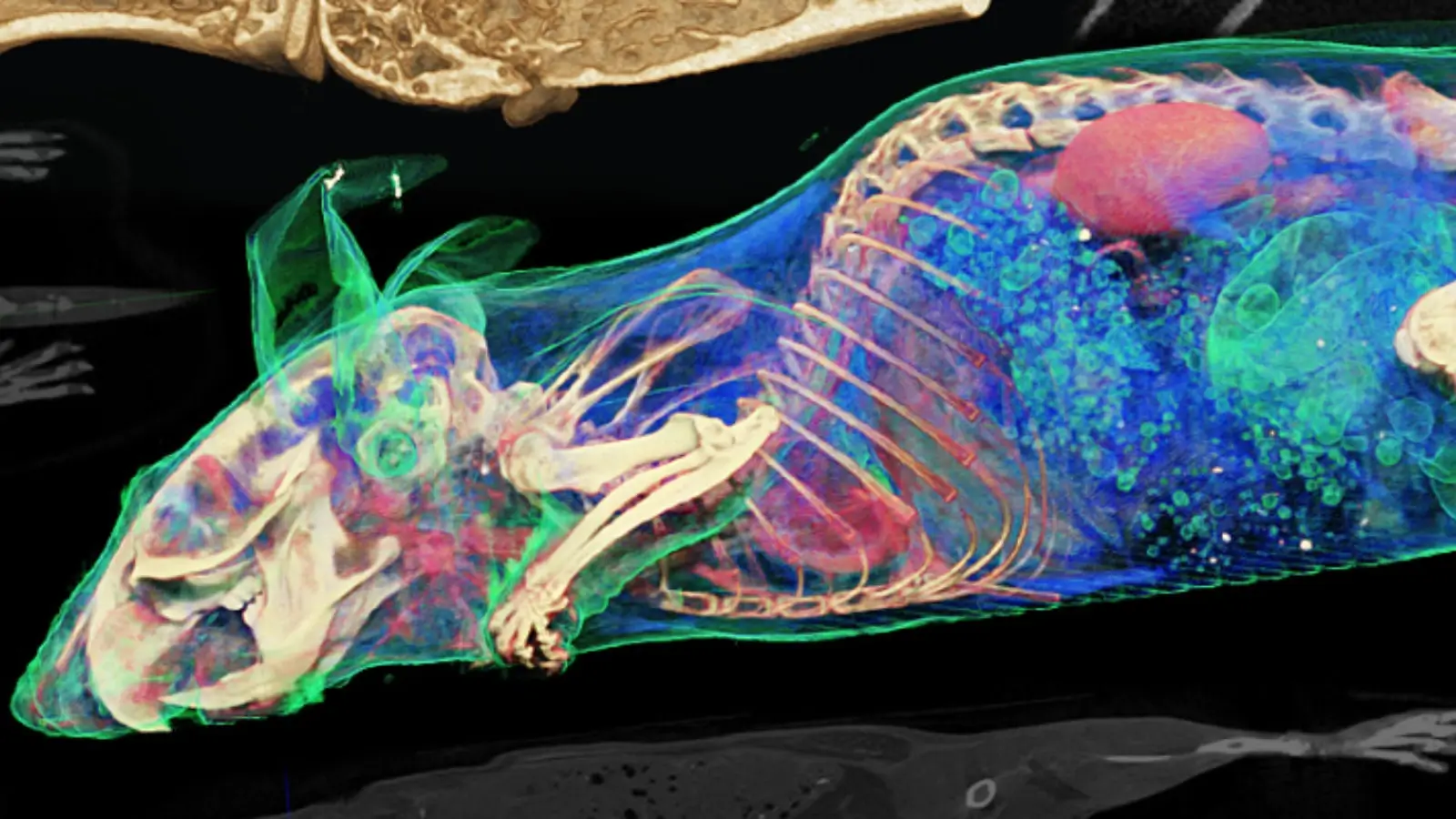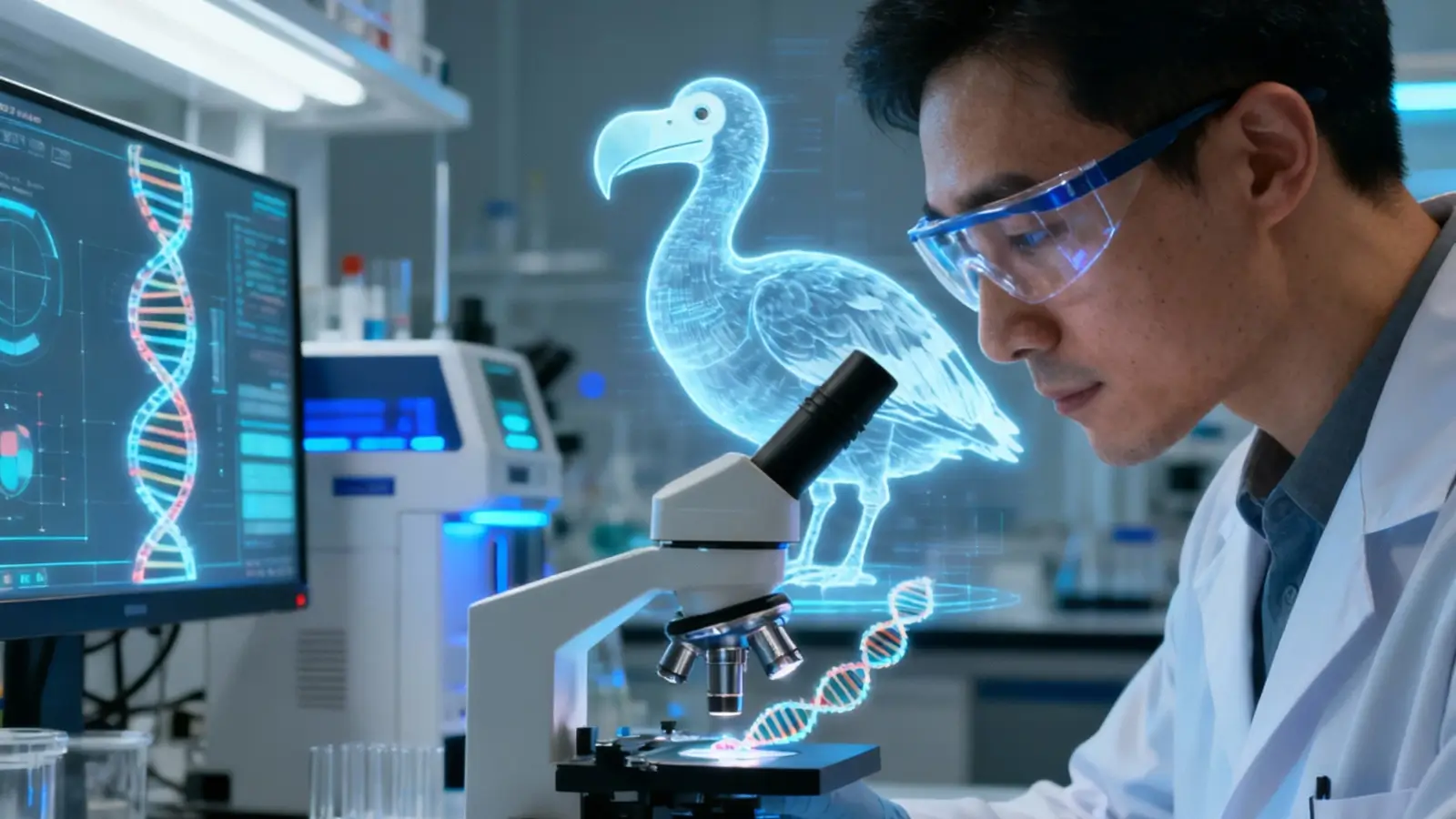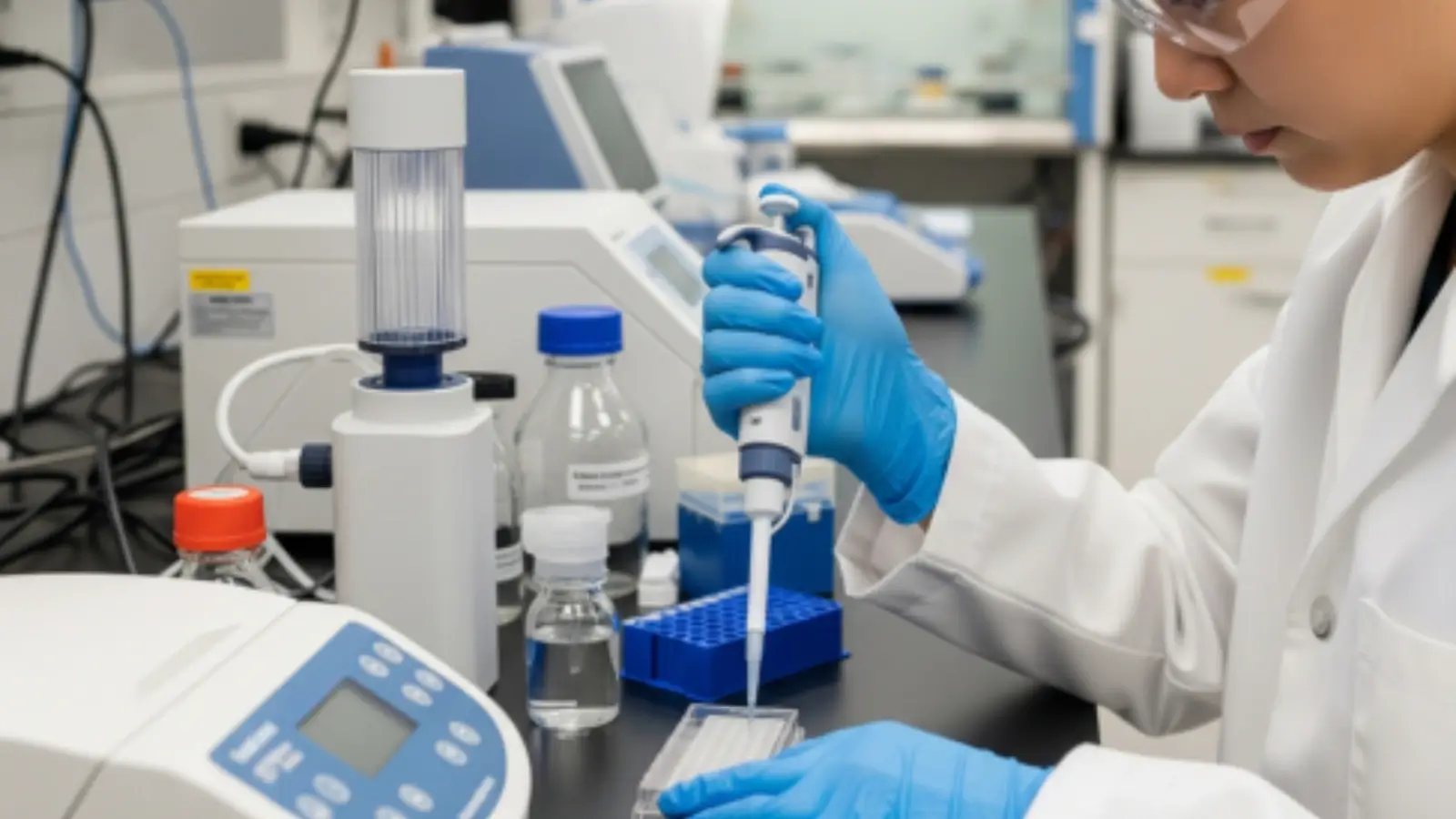For anyone who’s lost weeks chasing bad clones or indecisive sequencing data—this piece should hit home.
Introduction
Running a knockout project looks straightforward on paper. You design the sgRNA, line up your plasmids, run the transfection… and then reality sets in. Four weeks later, you’re staring at a couple of weak clones and a sequencing trace that makes no sense.
That’s the strange thing about cell line knockout: everyone agrees it’s one of the clearest ways to figure out what a gene actually does, but the process of getting to a stable, validated clone can feel like pushing a boulder uphill.
The arrival of CRISPR gene editing didn’t just sharpen the tools. It reshaped the entire workflow. What used to drag on for months is now a problem you can realistically solve within a project cycle.
In this post, I’ll focus less on abstract background and more on what really matters to researchers: why knockouts remain so critical, how CRISPR clears the biggest hurdles, what tends to trip projects up, and which shortcuts are worth taking if you want to save time.
Why Cell Line Knockouts Still Matter
Knockouts may not be glamorous, but they’re often decisive. If you want a straight answer to “Does this gene matter?”, removing it is the surest way to find out.
Here are some situations where KO cell lines are indispensable:
- Mechanism studies: Knock out a suspected driver, like KRAS, and watch how tumor cells respond.
- Drug target validation: Remove the target gene and see whether your compound still has an effect.
- Disease models: KO models often provide the cleanest baseline for recreating genetic defects in vitro.
Think of it like pulling a part out of a machine. If everything grinds to a halt, you’ve found something important.
Want to go deeper into the methods and best practices? Click here for a full guide to cell line knockout—it explains the main approaches and when to use each.
KO, KD, or KI? What’s the Difference
Of course, knockout isn’t the only editing strategy available. Many researchers also rely on knockdown or knock-in depending on their experimental goals. Understanding the differences helps you pick the right tool for the right question.
| Approach | What it does | Best use case | Key limitation |
|---|---|---|---|
| Knockout (KO) | Permanently disables a gene, often via frameshift | Clear loss-of-function studies, target validation, disease models | Lethal if the gene is essential |
| Knockdown (KD) | Temporarily reduces gene expression (e.g., RNAi, shRNA) | Fast screening, testing dosage effects | Transient and prone to off-target effects |
| Knock-in (KI) | Inserts a tag, reporter, or specific mutation | Protein tracking, functional tagging, modeling point variants | Lower efficiency and longer timelines |
In short, knockout is the best choice when you need a definitive yes/no on a gene’s role. Knockdown and knock-in are better for nuanced questions—when timing, dosage, or tagging matter more than complete removal.
Why CRISPR Gene Editing Changes the Game
If you worked with ZFN or TALEN, you know how clumsy those tools could be. CRISPR is a different beast—it’s faster, simpler, and far more flexible. Here’s how it makes life easier:
1. Design in days, not weeks
No more month-long cloning projects that may flop. A well-designed gRNA puts Cas9 exactly where you need it.
2. Efficiency that keeps projects moving
In many cell lines, edits are efficient enough that you can isolate useful clones in the first round—often saving weeks.
3. Cleaner genotypes
Fewer in-frame indels, more reliable knockouts, and stronger baselines for downstream assays.
4. Wider applicability
From tumor lines to stem cells to hard-to-transfect primaries, there’s usually a CRISPR setup that works.
CRISPR isn’t flawless—off-targets remain a concern—but it turns knockout projects into something you can plan with confidence rather than gamble on.
No wonder most labs now treat it as a standard tool. Click here to explore more about CRISPR gene editing and see how it’s being applied across research and drug development.
The practical snags everyone hits
The workflow diagram—design → transfection → clone → validate—always looks neat. In practice, each step has its own traps.
- Design & delivery: Great guides mean nothing if your line resists transfection.
- Single-cell isolation: Clones can die off or stall, leaving you with empty plates.
- Validation: Even “promising” clones often turn out to be partial edits once you sequence or run protein assays.
- Time sink: Two to three months is optimistic if you’re building everything in-house from scratch.
What helps? Writing down clear “exit criteria” before you start—e.g., “we move on when we see 50% editing in the pool, or when we have at least 20 clones expanding.” This prevents endless cycles of “almost good enough.”
Matching problems to fixes
Here’s how the usual pain points map to ready-made solutions:
- Poor delivery efficiency → Cas9 stable cell lines (sgRNA is the only payload).
- Slow or failing clones → Supportive media like EZ-Stem™.
- Validation bottlenecks → Luciferase stable lines with built-in reporters.
- No time to build from scratch → Check the KO Cell Line Bank first.
- Messy controls → Refresh your wild-type cell lines to keep comparisons solid.
Tools that actually save time
A few options worth calling out:
- KO Cell Line Bank: If your gene is already knocked out, skip the build. Start testing biology tomorrow.
- Cas9 Stable Cell Lines: Great for multiple KOs or hard-to-transfect cells—saves you from repeating the same Cas9 delivery step.
- Luciferase Stable Cell Lines: Built-in reporters make functional checks fast and obvious.
- Wild-type Cell Lines: Simple, essential controls. Don’t neglect them.
- EZ-Stem™ Medium: Healthier cells expand better, meaning fewer failed clones.
None of these replace solid experimental design. They just remove the roadblocks that make projects slip behind schedule.
DIY or outsource?
Both approaches have their place.
- DIY makes sense when: your team already knows the cell line, timelines are flexible, and full control matters.
- Outsourcing or ready-made makes sense when: deadlines are fixed, the line is notoriously tough, or you’d rather spend your energy on phenotyping and drug testing.
A good rule: if missing a month would hurt your program, price that month. Often the cost of outsourcing is lower than the cost of delay.
A 7-step plan you can adapt
- Define the decision your KO needs to inform.
- Check if the gene is in a KO Cell Line Bank—why reinvent the wheel?
- Design 2–3 gRNAs across early exons.
- Choose delivery based on proven success in that cell type.
- Isolate single cells gently; support them with EZ-Stem™ during stress.
- Validate at the DNA, protein, and functional levels.
- Bank clones early and often. Document what worked for the next run.
Conclusion
Knockouts aren’t fancy, but they answer the big questions cleanly. CRISPR didn’t invent that idea—it just made it practical. Designs are simpler, timelines shorter, results cleaner.
Whether you build in-house or lean on a KO cell line bank or a Cas9 stable line, the goal is the same: get reliable data without losing months to troubleshooting.
Science moves too fast to waste cycles on bottlenecks. Put your time where it counts—on the biology.

